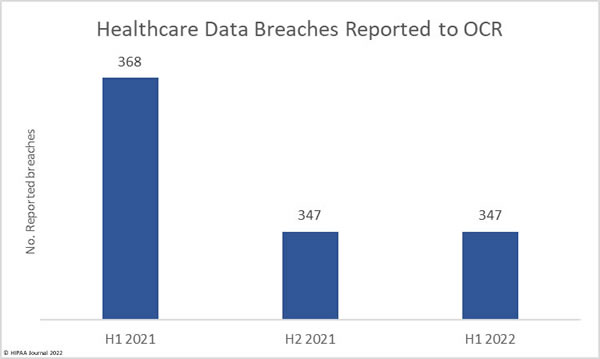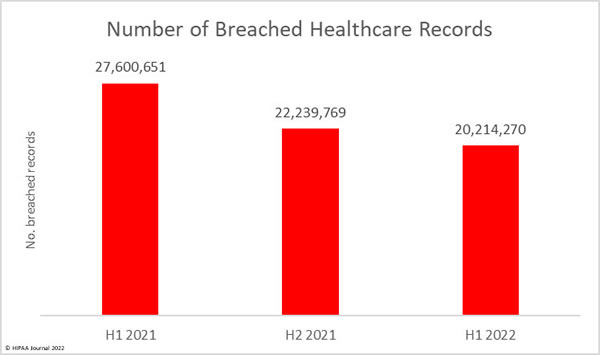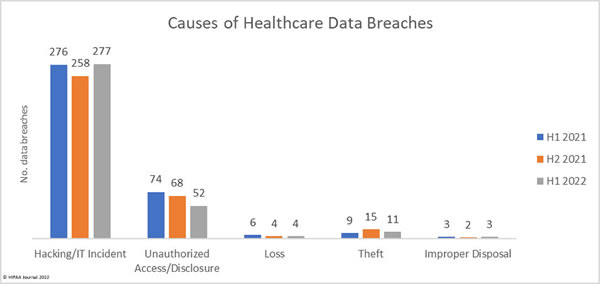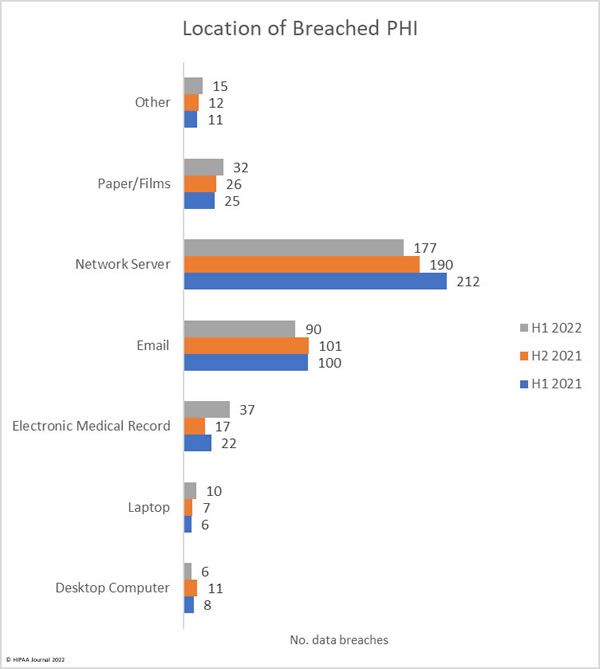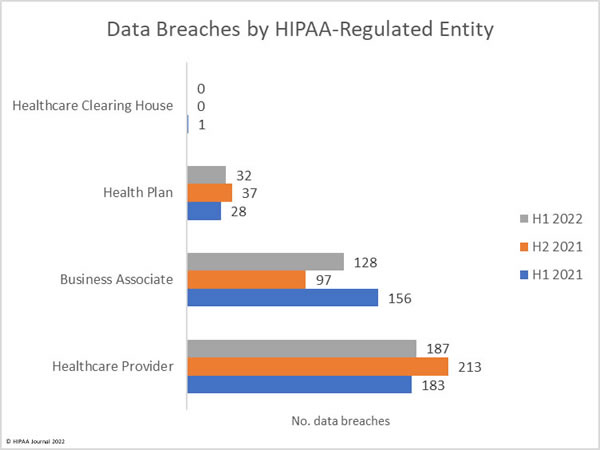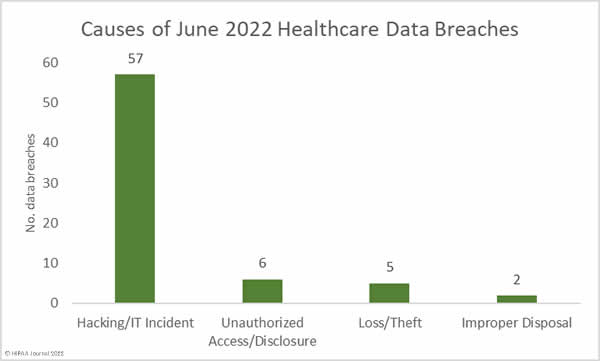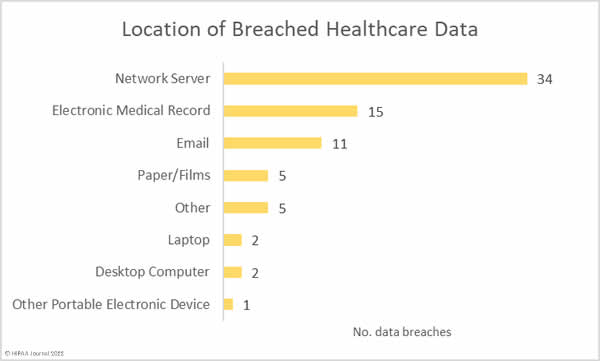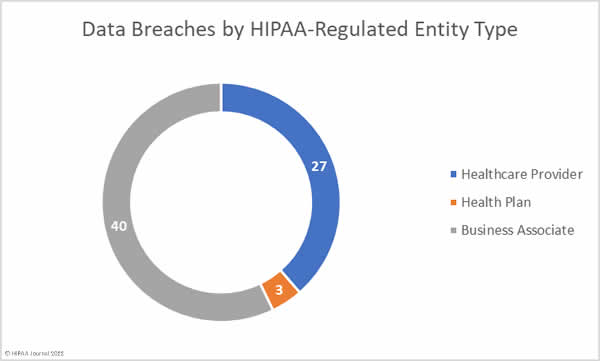A group of 30 senators is urging the Department of Health and Human Services to update the Health Insurance Portability and Accountability Act (HIPAA) to better protect the privacy of patients’ reproductive health information in the wake of the Supreme Court decision on Dobbs v. Jackson Women’s Health Organization and the overturning of Roe Vs Wade, which removed the Federal right to an abortion that had existed for almost 50 years. Following the decision, several states have either banned abortion for state residents or implemented restrictions, with some already seeking to investigate and punish women for seeking abortion care.
The senators, led by Senate Committee on Health, Education, Labor and Pensions (HELP) Chair Patty Murray (D-Wa.), wrote to HHS Secretary, Xavier Becerra, calling for further rulemaking to update the HIPAA Privacy Rule to broadly restrict HIPAA-regulated entities from sharing individuals’ reproductive health information without explicit consent, specifically the sharing of that information with law enforcement, or related to civil or criminal proceedings premised on the provision of abortion care. The senators are calling for the update “to protect patients, and their providers, from having their health information weaponized against them.”
This is the second such request to be sent to Becerra to update the HIPAA Privacy Rule with respect to reproductive healthcare information following the Supreme Court decision. In July 2022, Sens Michael Bennet (D-CO) and Catherine Cortez Masto (D-NV) wrote to Secretary Becerra requesting a HIPAA Privacy Rule update to improve patients’ reproductive healthcare rights.
Confusion About Permitted and Required Disclosures of PHI to Law Enforcement
HIPAA was passed by Congress in 1996, with the legislation calling for the HHS to issue regulations that ensured the privacy of personal health information, which led to the HIPAA Privacy Rule being penned in 2000 to limit uses and disclosures of protected health information unless consent is obtained. The HIPAA Privacy Rule has been updated several times since, with the senators now calling for a further update. “In order for patients to feel comfortable seeking care, and for health care personnel to provide this care, patients and providers must know that their personal health information, including information about their medical decisions, will be protected,” wrote the senators.
They explained that since the Dobbs decision, there has been widespread confusion among healthcare providers about when they are required to provide patients’ health information to state and local law enforcement. Some healthcare providers felt they were legally required to hand over that information when the HIPAA Privacy Rule only permits information to be provided to law enforcement. There have also been cases of healthcare providers being unaware that certain disclosures of reproductive health information are not permitted under HIPAA. “Stakeholders have even described clashes between providers and health care system administrators on whether certain information must be shared. Many of these issues seem to arise from misunderstandings of what the HIPAA Privacy Rule requires of regulated entities and their employees,” wrote the senators.
As more states introduce bans on abortions or implement laws that severely restrict access to abortion care, the confusion is likely to grow. Some states have implemented laws that criminalize abortion providers and also make it illegal for anyone to aid or abet an abortion, which means that any healthcare professional could be exposed to legal liability, from a referring provider to a receptionist. Some state legislators are proposing laws that will ban state residents from visiting another state to have an abortion. “In many cases, these laws have been used to disproportionately criminalize or surveil women of color for their pregnancy loss,” warn the senators.
The senators warn that prohibiting access to abortions and undermining health information privacy will likely have devastating consequences for women’s health. If there is a threat of legal action, many women may delay or avoid disclosing a pregnancy or avoid seeing prenatal care. They may also avoid seeking care for medical conditions such as arthritis or cancer, where the treatment could impact their pregnancy, and healthcare providers may hesitate to provide certain treatments. There are fears that women who are experiencing complications from pregnancy or abortion may avoid seeking essential emergency care, which could have profound health consequences.
Prompt Rulemaking Requested to Update the HIPAA Privacy Rule
The senators explained that HIPAA has protected patient privacy for more than 20 years and recognized the need for stronger protections to be in place for highly sensitive information such as psychotherapy notes, and suggest similar restrictions are required for reproductive health information. The senators praised the efforts of the HHS after the Dobbs decision, which included issuing guidance on the requirements of the HIPAA Privacy Rule with respect to information related to reproductive care, but have called for further proactive steps to be taken to strengthen patient privacy protections.
In addition to broadly restricting HIPAA-regulated entities from sharing reproductive health information without explicit consent for law enforcement, civil, or criminal proceedings premised on the provision of abortion care, the senators have called for the HHS to increase its efforts to engage and educate the healthcare community about the obligations of HIPAA-regulated entities under the HIPAA Privacy Rule, including explaining the difference between permitted and required disclosures of PHI, best practices for educating patients and health plan enrollees on their privacy rights, and how HIPAA interacts with state laws.
They have called for the HHS to expand its efforts to educate patients about their rights under the HIPAA Privacy Rule and to ensure cases involving reproductive health information receive timely, appropriate attention for compliance and enforcement activities.
The post 30 Senators Call for HIPAA Privacy Rule Update to Better Protect Women’s Privacy appeared first on HIPAA Journal.
